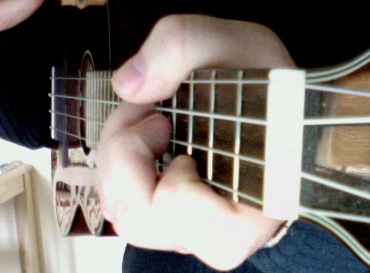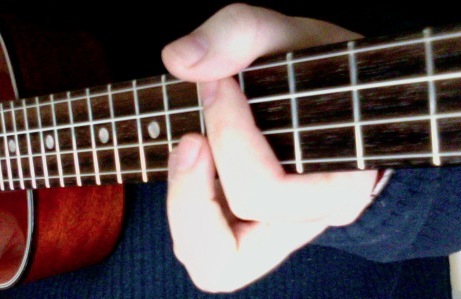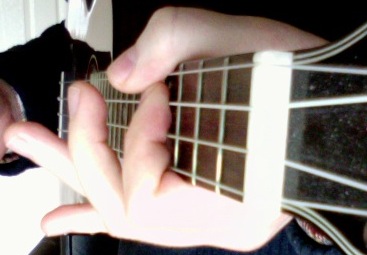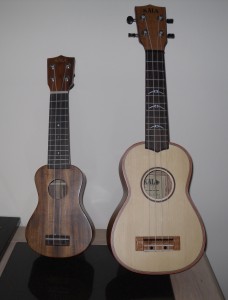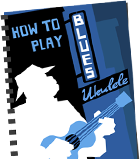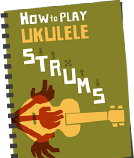Rodrigo Y Gabriela – Tamacun (Tab)
Tamacun is a rare treat. A guitar instrumental that transports to the ukulele directly with hardly any finangling. The melody is played almost exclusively on the top three strings above the fifth fret. And the chords are dead simple (Am – G – C – E until the solo).
Having said that, the strumming – which is the real highlight of the piece – is a nightmare. It’s well worth watching this Tamacun tutorial from the pair themselves (it’s from the DVD bonus on the album). It’s pretty difficult to keep up with what she’s doing even when she slows it down. But her accent is adorable, so all’s forgiven.
The one part where things do get difficult for the uke is in the solo. There are a couple of ways to handle the intro to the solo (bars 21-28 in the tab). I’ve gone for moving everything up an octave. The alternative is to use a low-G uke (as Brittni Paiva did for her version) and substitute the open E and A strings of the uke for the open B and E strings of the guitar.
Next problem is the long E Phrygian Dominant sweep (bar 32). Here I’ve taken my cue from Brittni’s version and done a descending run instead. In the rest of the solo I’ve stuck in a few re-entrant elements but there’s nothing to stop you playing it the same way as the original.
The easy way to go about the solo would be to improvise around the E Phrygian Dominant scale (popular in flamenco playing). But be sure to emphasise notes from the chord that’s playing at the time (either Dm7 or E7).
I haven’t tabbed out the banging and clattering section of the tune. You’re on your own there.
Thank you, bye. And practice. *watish*
UPDATE Go Team Yam has just put up a video tutorial for Tamacun. It’s slightly different to my version so check out some of the variations.

